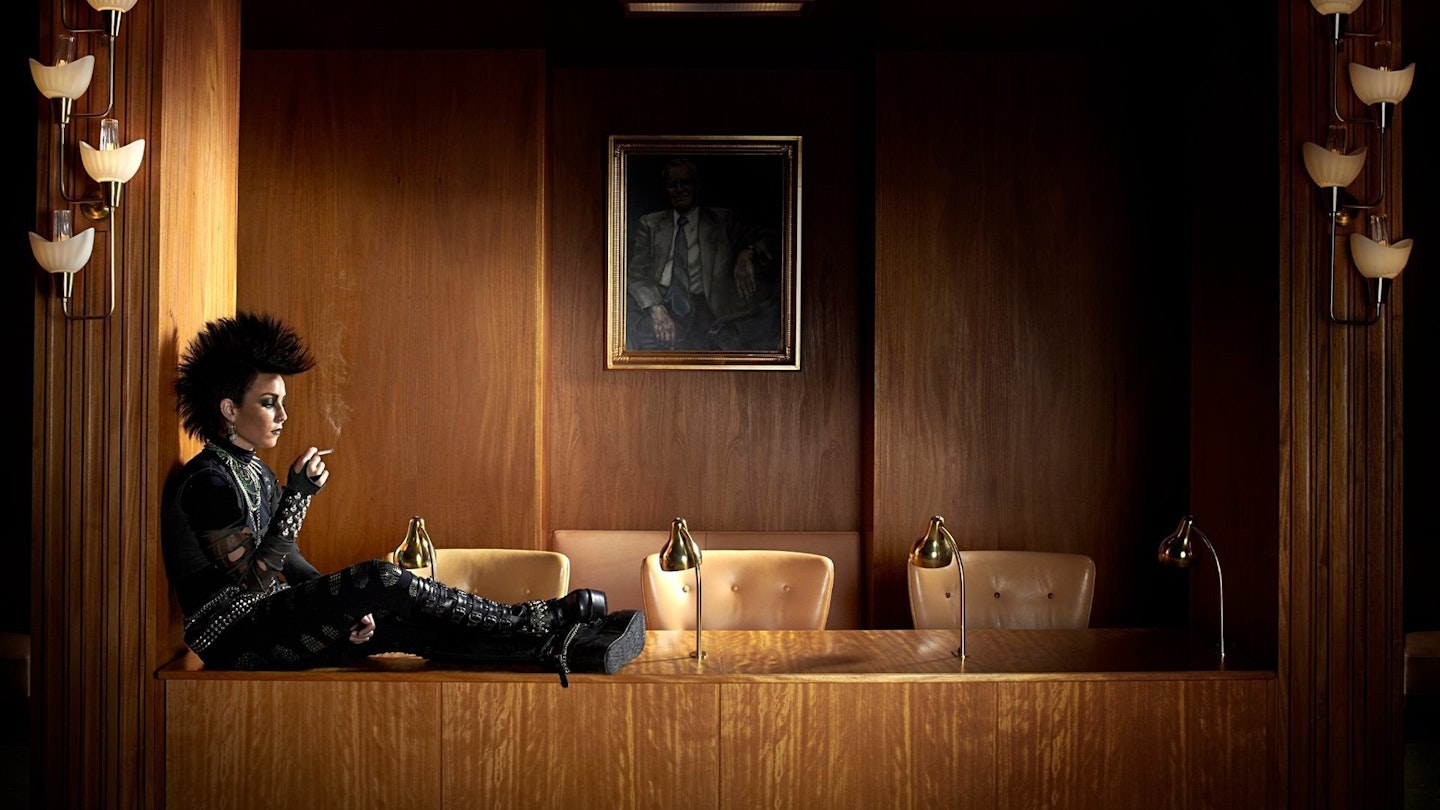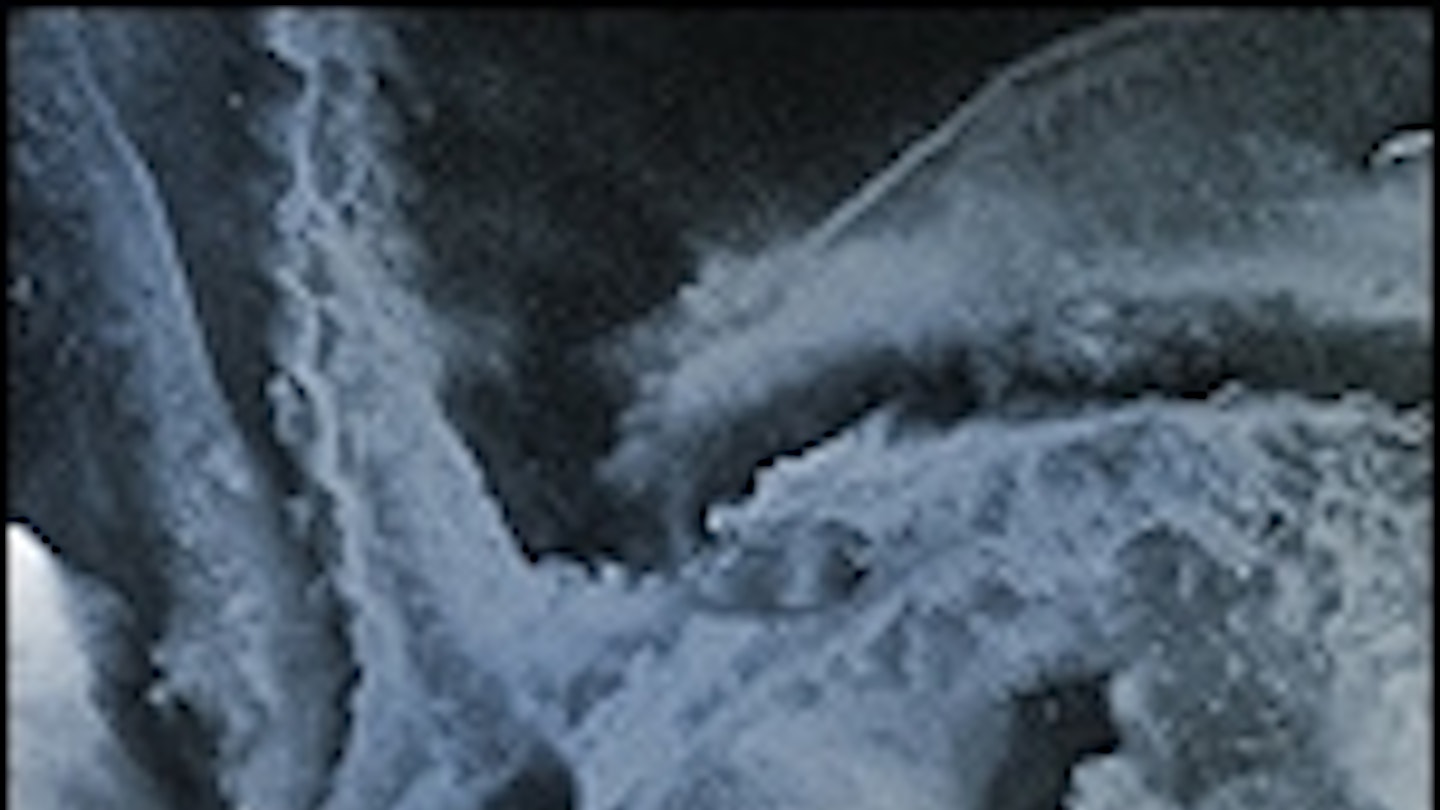Now this run of adaptations of Stieg Larsson’s novels is concluded — the series may have carried on but for his death — it feels like a self-contained film (Millennium: The Girl With The Dragon Tattoo) followed by one long movie split in two. Daniel Alfredson simultaneously directed The Girl Who Played With Fire and The Girl Who Kicked The Hornets’ Nest as a TV mini-series and two films; this picks up from a near-cliffhanger, the heroine traumatised after being shot in the head and buried alive. Lisbeth (Noomi Rapace), super-genius and spiky Goth punkette, is also finally in the hands of the authorities who have systematically ruined her life and faces recommittal to the asylum where she was abused. So, in the great serial tradition, things do not look good...
Unusually for a trilogy, this set offers three different styles: Dragon Tattoo is a leisurely mystery, Played With Fire is an action thriller, and Hornets’ Nest is a paranoid conspiracy tale with courtroom drama thrown in. Leftover business with Lisbeth’s evil father is settled unexpectedly and new villains are introduced to weave a web of menace, threat, assassination, subterfuge and double-dealing for journalist hero Blomkvist (Michael Nyqvist) and imprisoned (but, crucially, online) Lisbeth to cope with. It’s jarring that moods change between films, but this is a more gripping piece than the middle movie. There’s even suspense as to how much of Lisbeth is still there after explicit brain surgery in the first act. She becomes even less communicative and is silent throughout preliminary interviews, only to show up in court (in clothes and make-up few defendants would risk) to reveal a new set of tactics for dealing with outclassed official men.
There’s still a Frankenstein half-brother (Micke Spreitz) to provide physical threat, but the Big Bad is a smug, paternalistic Establishment represented by geriatric spy-masters (think Evil George Smiley) and the supremely hateful Dr. Teleborian (Anders Ahlbom — even his beard is loathsome).The beating heart is still Rapace’s Lisbeth, whose pathological inability to trust or show gratitude feels near tragic. Rapace presents the greatest Swedish stone face since Garbo — which makes her tiny flickers of triumph, empathy or humour enormously affecting.

